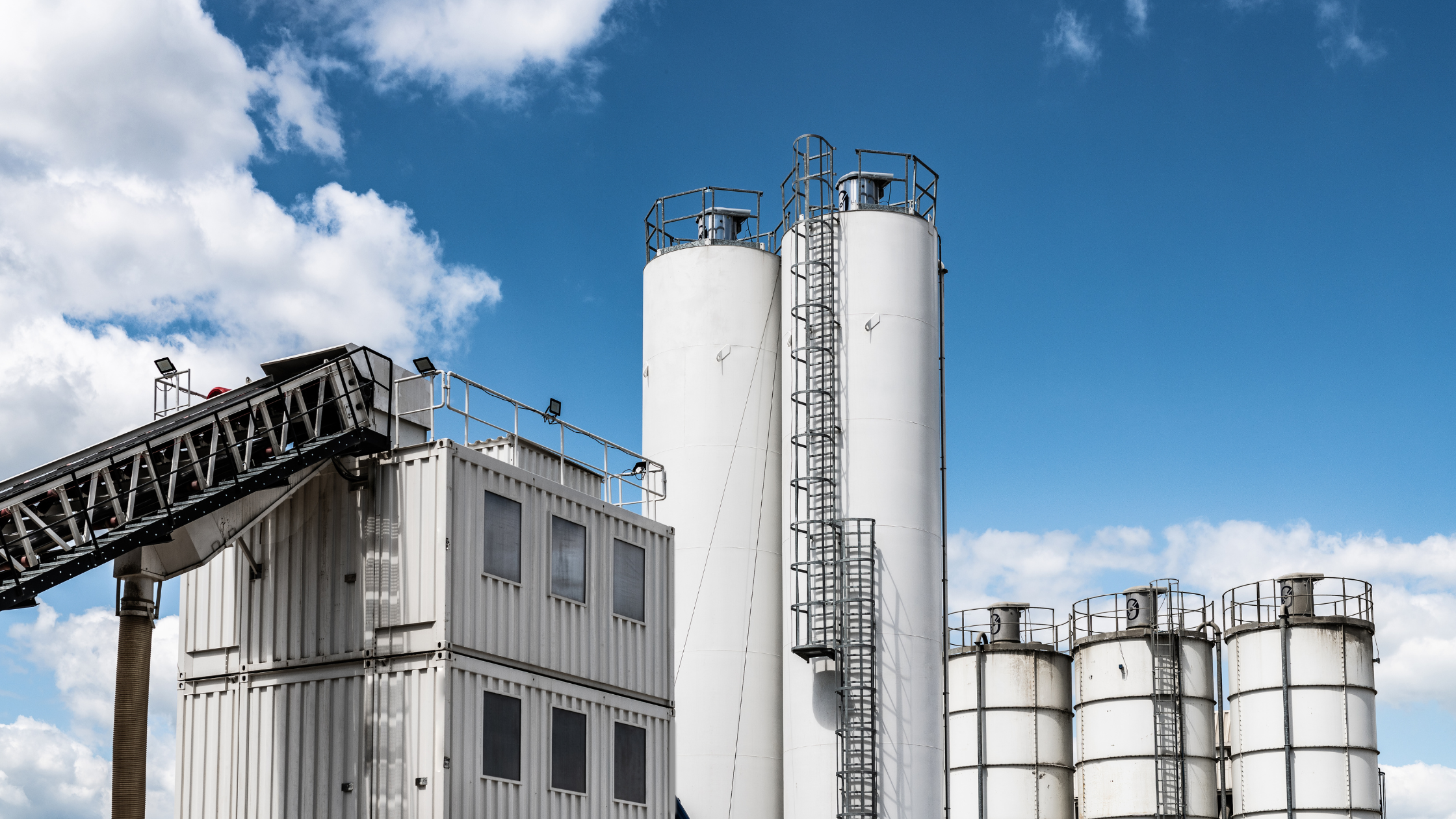QUALITY CONTROL | SIKES CONCRETE
Quality control is a crucial process in various industries, including manufacturing and production of products such as concrete fine aggregate materials. This process ensures that a product adheres to specific standards and specifications. Quality control incorporates a sequence of procedures and assessments conducted throughout the production process to confirm that the final product, like custom concrete mix designs or ready-mixed concrete, is of high quality and fulfills the customer's expectations.
The primary objective of quality control is to pinpoint and eradicate defects and inconsistencies within the production process, enabling the creation of products that are safe, dependable, and cater to the customer's needs. Concrete Supply and Delivery services, as well as Hauling/Material Delivery, are integral aspects of ensuring optimal quality control in the concrete industry.
Quality control is a vital component of any manufacturing or production process, including the production of concrete fine aggregate materials. The impact of quality control on a business's success can be substantial. Inadequate quality control may lead to increased costs, diminished customer satisfaction, and a tarnished reputation. Conversely, effective quality control can contribute to enhanced customer satisfaction, increased product reliability, and decreased costs, particularly when it comes to ready-mixed concrete and custom concrete mix designs.
Key Elements of Quality Control
Inspection: Inspection is the process of visually examining a product to determine whether it meets the required specifications and standards. This can be done at various stages of the production process, including raw materials inspection, in-process inspection, and final inspection.
Testing: Testing is the process of evaluating a product's performance and characteristics to determine whether it meets the required specifications and standards. This can include physical testing, such as tensile strength tests, as well as functional testing, such as performance tests.
Sampling: Sampling is the process of selecting a representative portion of a product for inspection or testing. This allows manufacturers to check the quality of a product without having to inspect every single item.
Documentation: Documentation is an important aspect of quality control, as it provides a record of the production process and helps to identify areas for improvement. This can include inspection reports, test reports, and process control records.
Statistical Process Control: Statistical process control (SPC) is a methodology used to monitor and control the production process. It involves the collection of data on the production process and the use of statistical techniques to identify trends and patterns in the data. This information can then be used to make informed decisions about the production process and to identify areas for improvement.
Quality Control Techniques
Total Quality Management (TQM): TQM is a comprehensive approach to quality control that involves the entire organization in the pursuit of continuous improvement. It involves the use of various tools and techniques, such as process improvement, customer focus, and continuous improvement, to achieve high levels of quality and customer satisfaction.
Six Sigma: Six Sigma is a data-driven approach to quality control that uses statistical methods to eliminate defects and improve processes. It involves the use of a set of tools and techniques, such as DMAIC (define, measure, analyze, improve, control), to identify and eliminate sources of variability in the production process.
Lean Manufacturing: Lean manufacturing is a production philosophy that aims to eliminate waste and improve efficiency in the production process. It involves the use of various tools and techniques, such as value stream mapping and 5S, to streamline processes and reduce waste.
Quality Control in Concrete Production
Concrete is a vital construction material, and its quality and durability are essential for the safe and effective construction of buildings, roads, bridges, and other structures. To ensure the quality of concrete, it is important to implement an effective quality control program during the production process.
The following are some of the key elements of quality control in concrete production:
Materials Inspection
The quality of concrete is largely dependent on the quality of the raw materials used in its production. To ensure that the raw materials meet the required standards, it is important to inspect them before they are used in the production process. This can include checking the properties of the cement, aggregates, and admixtures, as well as verifying that they meet the specified requirements.
Mix Design
The mix design is a critical aspect of quality control in concrete production. It involves determining the proportions of the various ingredients that are required to produce concrete of the desired strength and durability. The mix design should be based on the requirements of the specific project and should be verified through testing and evaluation.
Batching and Mixing
The accuracy of the batching and mixing process is crucial for ensuring the quality of concrete. To ensure that the correct proportions of the ingredients are used, it is important to use accurate batching equipment and to verify the accuracy of the mixing process through regular testing.
Placement and Compaction
The placement and compaction of concrete are important for ensuring that it has the desired strength and durability. To ensure that the concrete is placed and compacted properly, it is important to follow established procedures and to verify the results through testing.
Curing
The curing of concrete is an important aspect of quality control, as it affects the strength and durability of the final product. To ensure that the concrete is cured properly, it is important to follow established curing procedures and to verify the results through testing.
Testing
Testing is an essential aspect of quality control in concrete production. It allows manufacturers to verify that the concrete meets the specified requirements and to identify areas for improvement. This can include testing the concrete for strength, workability, and other properties, as well as verifying the accuracy of the mix design and the batching and mixing process.
Conclusion
Quality control is a critical aspect of the manufacturing and production process, and it is essential for ensuring that products meet customer requirements and standards. Effective quality control involves a combination of inspection, testing, sampling, documentation, and statistical process control, as well as the use of various quality control techniques, such as TQM, Six Sigma, and Lean Manufacturing. By implementing an effective quality control program, manufacturers can improve product quality, reduce costs, and increase customer satisfaction.
Featured Blogs
SIKES CONCRETE INC.
8030 FL-77, Southport, FL 32409
850-265-4564





